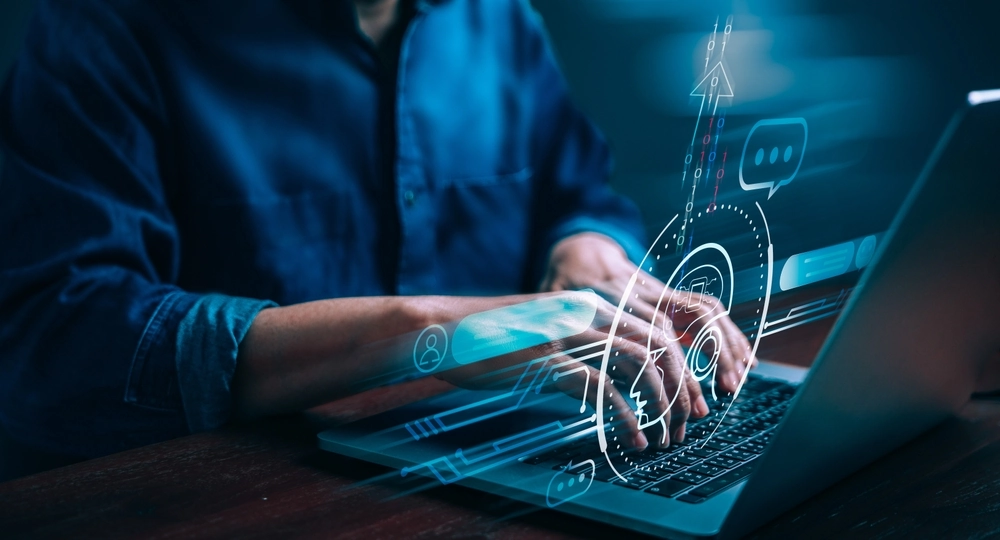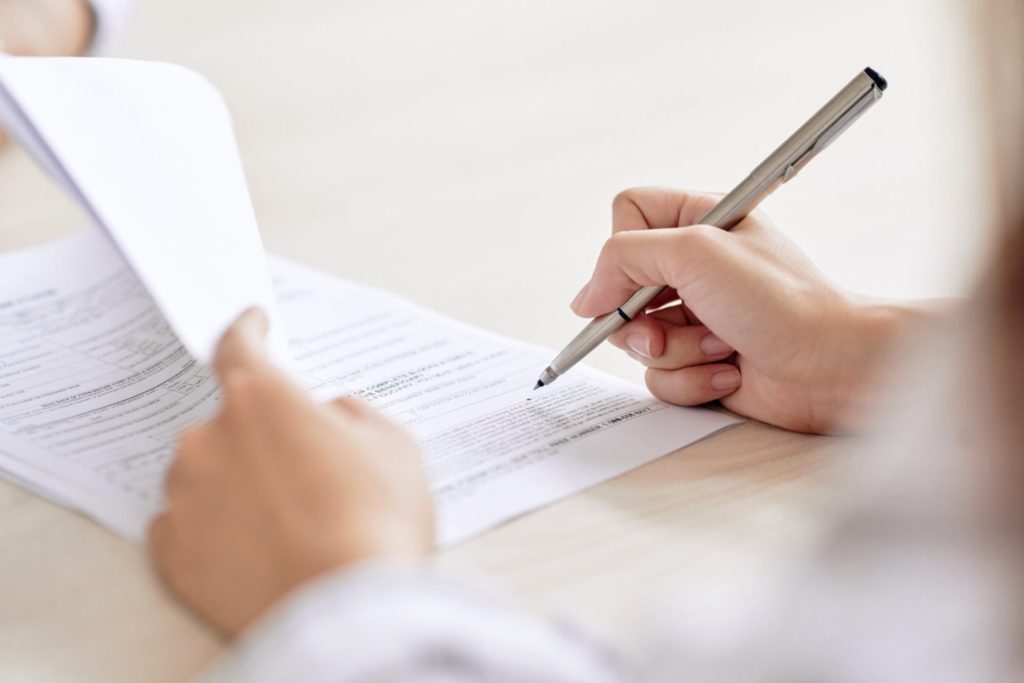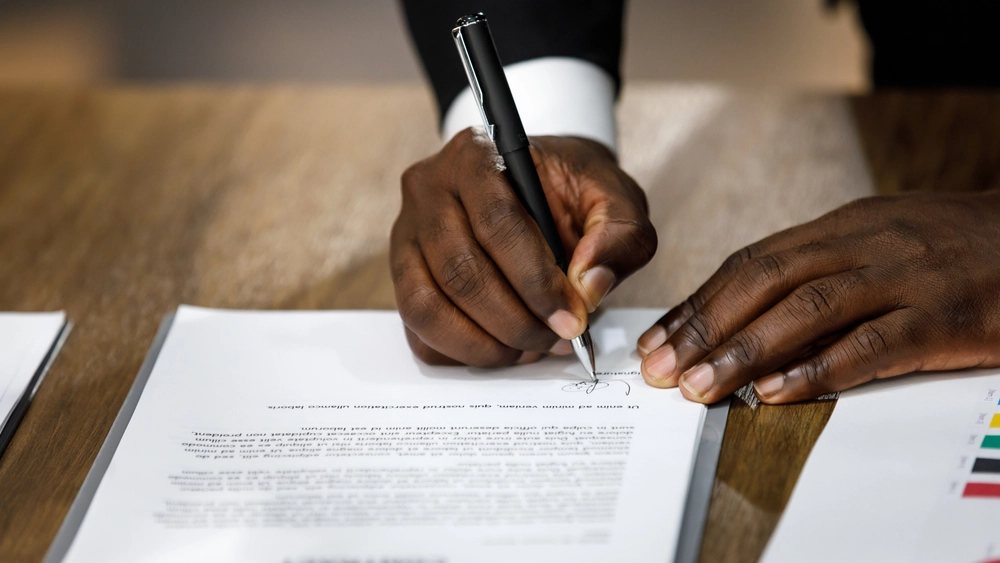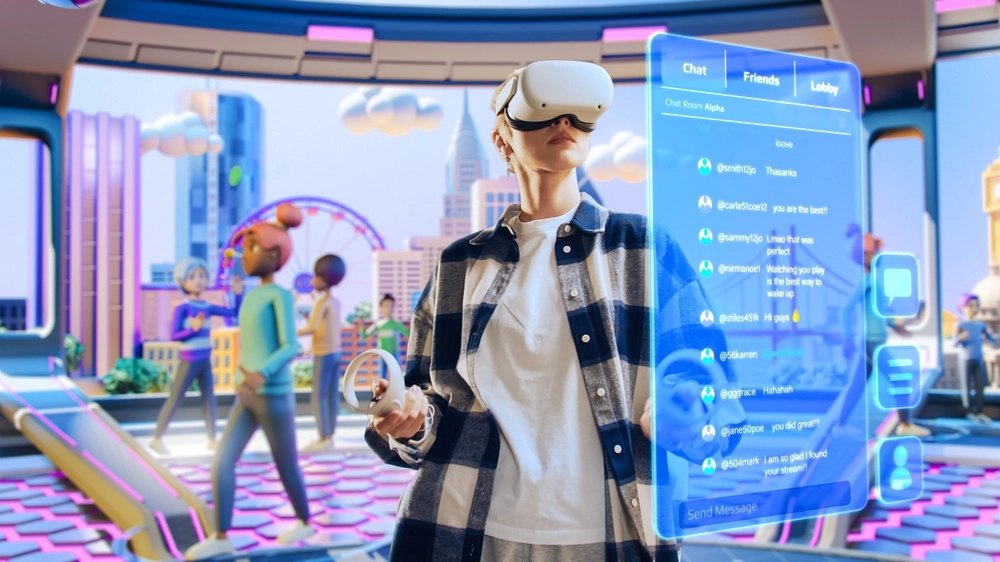
Update: The “Government Copyright and AI Consultation” invites stakeholders from the technology and creative sectors to submit their opinions on the future of AI regulation

By Ben Travers, Paolo Sbuttoni, Hannah Duke, Oliver Toomey
15 Jan 2025 | 8 minute read
This week, the UK government have unveiled the far-reaching 'AI Opportunities Action Plan' to unlock the productivity benefits of AI across the UK economy. Whilst we welcome the 50-point action plan and are monitoring it closely, it's worth noting that most of the policies – opening up NHS data, building AI infrastructure, developing skills – are long-term in scope. The wider commercial and legal implications of the proposals may not become apparent for some time.
However, right now, another government initiative is looking to potentially overhaul one of the key regulatory battlegrounds in the context of the AI economy: the rules on AI training and copyright. On 17th December 2024 (and separately to this week's Action Plan), the government published a 'Consultation on Copyright and AI', which suggests that a shake-up of the law could be on the cards.
At present, the restrictions imposed by legislation on the use of copyright content does not reflect how AI models interact with that consent in the real world, nor how the public has come to expect that interaction to take place. This can lead to disagreement and disputes - a significant problem given AI's power and 'intelligence' is predicated on the large scale copying of data available publicly on the internet, much of which comprises copyrighted works. This is known as "data mining".
Rights-holders are understandably concerned about how they can be remunerated for this copying and, more broadly, that they are not sharing in the value generated by AI. The AI consultation document accepts that "as things stand, the [copyright] framework does not meet the needs of the UK's creative industries or AI sectors". Submissions are open until the end of February, and we advise that rights-holders and AI developers take this opportunity to engage with the law-making process and consider how the proposed approach (see explanation below) could impact their businesses.
Regulatory landscape
In 2023, following the Vallance review on pro-innovation regulation for digital technologies, the UK Intellectual Property Office (IPO) convened a working group of AI firms and rights-holders to try and agree a 'code of conduct' governing the interaction between copyright and AI. Big tech businesses (Microsoft, IBM and Google Deepmind) hashed out the issue with some of the UK's key media industry bodies, including the BBC, the Premier League, Equity and UK Music (amongst others). It was proposed that AI firms who committed to the code could expect to be offered a reasonable licence by rights-holders in return for accessing and using their content to train AI models.
However, in February 2024, the government confirmed that the working group were not able to agree to a voluntary code, and the initiative was abandoned.
It is in this context that the UK government has now decided to launch a consultation which will, most likely, precede the tricky task of legislating in a way which protects (and incentivises) rights-holders whilst attracting innovative AI businesses to set up shop in UK. Indeed, point 24 of the AI Opportunities Action Plan acknowledges that the uncertainty around IP and AI is hindering innovation, and "needs to urgently be resolved".
It will be a significant legal and technical challenge to achieve the right balance: the value of copyright as a legal concept is to reward creators for their original efforts, and prevent others from using their works without permission. However, if you put up barriers to training AI in the UK, the government will deter key businesses and stifle AI innovation.
The regulatory development comes alongside litigation in several jurisdictions, including the Getty Images v Stability AI case in the UK High Court in which Stability argues it was within its rights to copy Getty's images for training. They maintain that their actions were (i) within existing exceptions in UK copyright law and (ii) the copying took place on a server outside the UK. It could however take several years for these issues to be resolved in case law, which is why the government is now pushing for a statutory solution.
Policy options
The consultation sets out three possible policy approaches. The first option would mean that AI models could only be trained on copyright works in the UK if they have an express licence to do so. Firms providing services in the UK would not be able to get around this requirement by training the AI models in other countries. They would need to obtain a licence in all cases where an AI model is trained on copyrighted works, which is an extremely pro-rights-holder position and unlikely to be pursued.
The second possibility is introducing a broader Text and Data Mining ("TDM") exception which currently exists in s. 29A Copyright, Design and Patents Act 1988 ("CDPA 1988"). This would allow data mining on all copyrighted works for AI training without permission and for commercial purposes (at present, the TDM exception is applicable for non-commercial data mining). This is an extremely pro-developer position.
Proposal: Expanding the Text and Data Mining exception with the option for a rights reservation
The third approach, and the one favoured by the Government, is to implement an updated data TDM exception which would enable AI developers to train models on data where rights-holders have not expressly reserved their rights. Rights-holders would therefore be able to prevent use of their works where no licence is agreed (for example, a news publisher might reserve rights in its publications).
This approach appears to balance the rights-holders' need for remuneration with the AI developers' requirement for good quality data sets. This, in turn, would encourage a market for licensing, as well as greater transparency measures on behalf of the AI developers.
Technical challenges
Technical standards
The proposal suggests rights reservation in a standardised "machine-readable format" (similar to the robot.txt standard), but it is not clear how this could be made technically available for all UK rights-holders. Furthermore, copies of the same works which themselves do not have rights reserved may exist elsewhere on the internet. A similar approach in the EU has shown that it is not always clear what constitutes a valid rights reservation under this model. The existing robot.txt standard cannot provide the granular control that rights-holders seek, as it only recognises reservations associated at site level and not with individual works.
Other suggestions including associating metadata with the work itself, or implementing a kind of notification regime whereby AI firms offer rights-holders a standardised process for direct notification that works cannot be used for training AI. It's also important to be aware that AI models have already consumed significant volumes of copyright content. There is therefore a risk that any measures will need to apply to future use of copyright content but that they will also need to address such use as may have occurred in the past. This may need to include mechanisms for extracting information which has previously been used without permission and for compensating rights holders where this cannot be done.
The consultation calls on "AI companies and creative industries to come together and create new technical systems to deliver the desired outcome of greater control and licensing of IP". We encourage stakeholders to consider these different types of standardisation for rights reservation protocols, and how they would impact your business.
Transparency
At present, it is often difficult for rights-holders to determine whether their works are being used to train AI models. The implementation of a rights reservation approach to copyright and AI would be dependent on minimum transparency obligations, and the consultation acknowledges that regulation may be needed to ensure this happens. This follows Article 53 of the EU's recently introduced AI Act, which requires AI providers to make publicly available a "sufficient detailed summary" of training content. It is too early to tell how this will impact the sector, but it will undoubtedly present practical challenges for small businesses and new entrants in AI development, given such large quantities of work are used in the training process. Again, stakeholders are invited to submit their opinions on how AI developers should disclose the sources of training material.
Further issues raised in the consultation
The consultation raises a number of other pertinent issues in the context of AI and copyright including:
- Ownership of AI Outputs – it is currently unclear how copyright protections for computer generated works ("CGWs") (s. 178 CDPA 1988) apply to AI generated works. The CGW has been criticised for being potentially contradictory over the fact such works need to meet the 'originality' test, but that the test in case law (put simply) is very much associated with human qualities. Currently, the amount of creative effort invested at a human level may have an impact on whether copyright subsists in an AI created work. This position may not satisfy both creators and AI technology owners. Furthermore, as AI systems become more sophisticated, direct human input into the finished product may start to reduce, which could create a higher barrier for copyright ownership The consultation queries whether the CGW right should be clarified or simply removed.
- Contracts and Licensing – there may also need to be an adjustment to industry standard contracts between (i) creators and (ii) publishing firms or collective management organisations across the sector. This is to ensure that contracts support good practice where works are licensed for AI training. This would be a significant change to the current position, which often sees businesses handing over the ownership of content to platform providers as a result of the platform terms and conditions.
- Labelling – the consultation invites submissions on whether AI generated works should be labelled as such.
Engaging with the consultation
This is a good opportunity for stakeholders across sectors to share views on the proposals. Responses can be submitted via Citizen Space or to [email protected]. The consultation will run for 10 weeks, closing at midnight on 25 February 2025.
Please do get in touch with one of our specialist technology and IP lawyers if you have any queries.
















